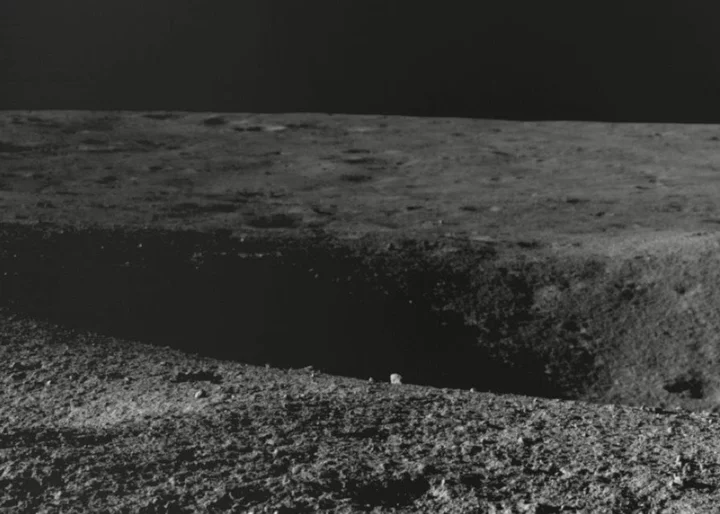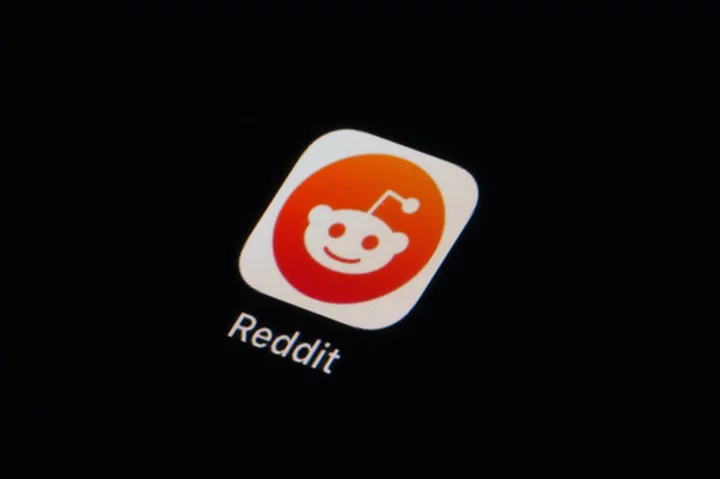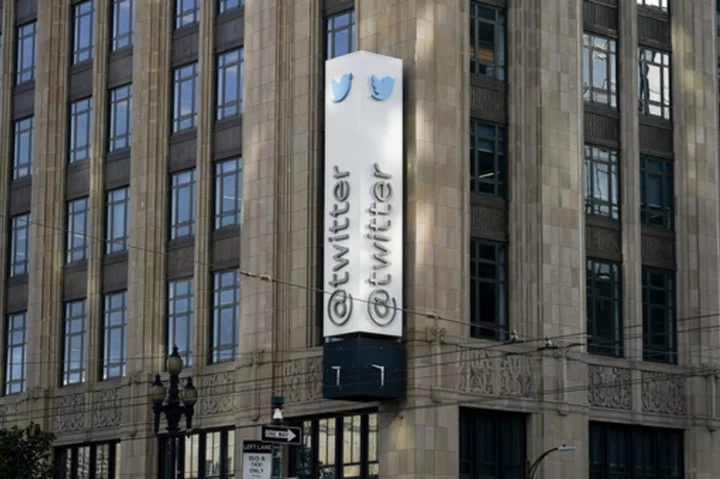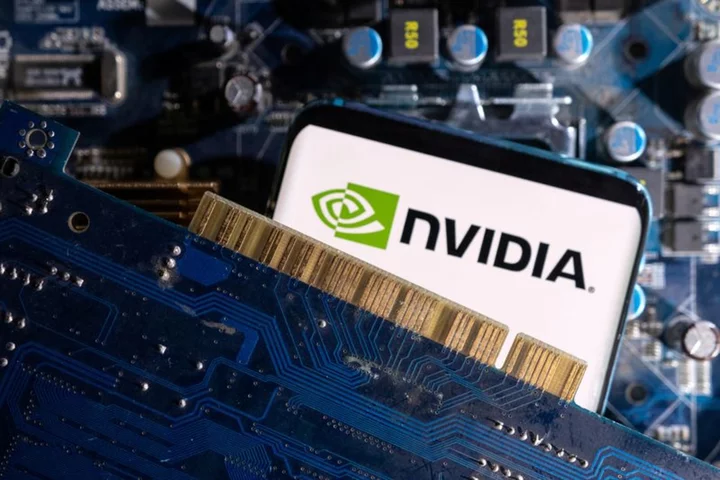
Thought Leaders at Zayed Sustainability Prize Forum Highlight Pathways to Drive Progress for People and Planet
NEW YORK--(BUSINESS WIRE)--Sep 21, 2023--
2023-09-22 02:59

Amazon Prime Day 2023: Everything You Need to Know
If the lazy days of summer make you want to set up shop next to
2023-06-14 04:51

The Best iPhone Apps for 2023
So, you're ready to buy a new iPhone, perhaps the iPhone 14 or iPhone 14
2023-06-14 03:56

Close call: India's moon rover just avoided a treacherous crater
India's moon rover is proving to be a scrappy, resilient space explorer. While cruising the
2023-08-29 17:47

The Reddit blackout, explained: Why thousands of subreddits are protesting third-party app charges
Thousands of Reddit communities went dark this week in protest of upcoming API changes, which include a controversial policy that will charge some third-party apps for continued use
2023-06-17 04:17

Li-Cycle and Shift2 Partner to Donate Laptops to High School Students in Rochester, New York
TORONTO--(BUSINESS WIRE)--May 25, 2023--
2023-05-26 04:56

Boingo Wireless CEO Mike Finley Recognized on New York Transportation Power 100 List
NEW YORK--(BUSINESS WIRE)--Aug 9, 2023--
2023-08-09 21:17

Irish university A-level criteria 'disadvantaging NI applicants'
A new study suggests the treatment of A-levels makes it harder for NI students to get in.
2023-09-18 14:19

HyperX Expands Console Gaming Headset Lineup with Cloud Stinger 2 for PlayStation and CloudX Stinger 2 for Xbox
FOUNTAIN VALLEY, Calif.--(BUSINESS WIRE)--Aug 2, 2023--
2023-08-02 18:24

Chechnya media guide
An overview of the media in Chechnya, including links to broadcasters and newspapers.
2023-08-02 22:52

Elon Musk signals Twitter's headquarters may not stay in San Francisco
Elon Musk has hinted that Twitter might not keep its headquarters in San Francisco forever
2023-05-24 04:56

To Keep Up In A Changing Workplace, Professionals Feel Need to Overstate AI Knowledge
SYDNEY--(BUSINESS WIRE)--Aug 30, 2023--
2023-08-30 21:17
You Might Like...

Who is Sykkuno? Will he be Pokimane's replacement after OTV departure?

Musk considers charging all X users monthly fee

Federal complaint challenges Harvard legacy admissions

Stable Doodle AI turns your scribbles into sketches

Nvidia forecasts third-quarter revenue above Wall Street expectations

Jefferies Says Banks Are Failing to Price in Water Risk

Green Stock Selloff Deepens as Tesla Sentiment Sours

SmartKargo Expands Next- and Two-Day Delivery Offerings with Walmart GoLocal
